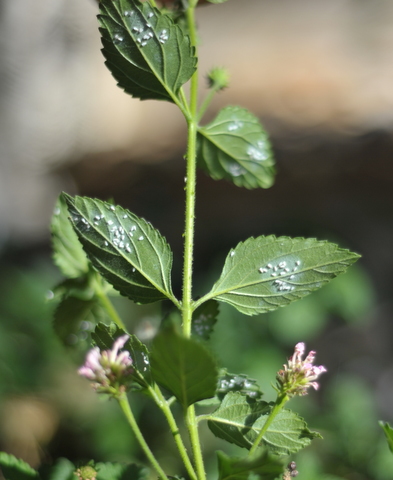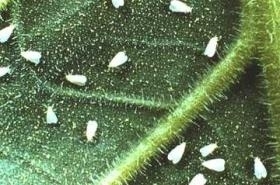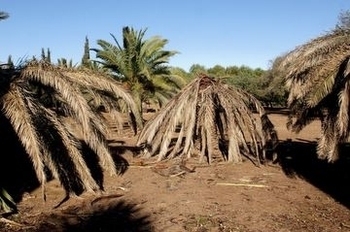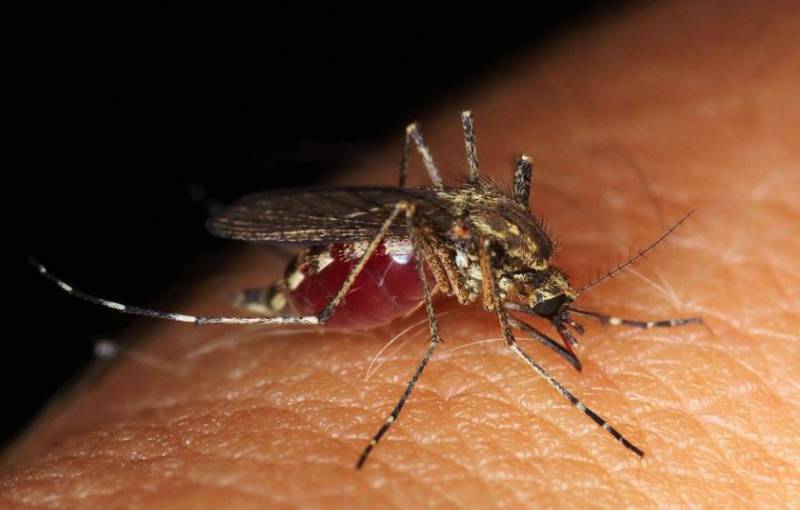
To be listed on the haciendadelalamo TODAY MAP please call +34 968 018 268.
Whitefly, how to recognise them and treat them
Gardening in Murcia, Spain, dealing with whitefly
 There are clouds of whitefly in the air at the moment, as they feed on new growth and suck the sap from a wide variety of plants.
There are clouds of whitefly in the air at the moment, as they feed on new growth and suck the sap from a wide variety of plants.
Theyre very much like aphids in that they breed incredibly quickly and infest plants in vast numbers, the difference being that when a plant is shaken or moved, large clouds of whitefly will fly off into the air and can be really unpleasant around a domestic environment, landing in unwelcome quantities where theyre least wanted.
They damage plants in the same way that aphids do, feeding on the sap, which weakens the plant, but the greatest problem they cause is the excreta of sticky honeydew which can cause sooty mould, and spread disease amongst plants.
 For more information about how to treat them and the damage they do, read the information weve posted about aphids, as all the control methods are pretty much the same.
For more information about how to treat them and the damage they do, read the information weve posted about aphids, as all the control methods are pretty much the same.
One extra little point to note about aphids is that they can be hosed off plants quite easily, but of course the climate here and the volume of lush spring growth produced this spring, has lead to increased numbers, so you may wish to consider one of the control methods on the aphids page.
Click for aphid information
If you are a vegetable grower, youll find whitefly a real nuisance on courgettes, squashes and tomatoes, so if you have a confined area, cover with agricultural fleece, or try to keep on top of the treatments before they get a hold.
Be particularly careful if you do choose the chemical route to make sure that you buy a chemical which is safe to use on food crops, and be particularly careful to make sure you understand the time scale between spraying and consumption of crops, as some crops must not be consumed within a certain time-scale after spraying.
Another point to note is that whitefly are attracted to yellow, so yellow fly tapes are useful in smaller areas and greenhouses.
The photo shows them on the underside of lantana leaves, but youll find them on virtually anything which is experiencing intensive growth at the moment.


















































